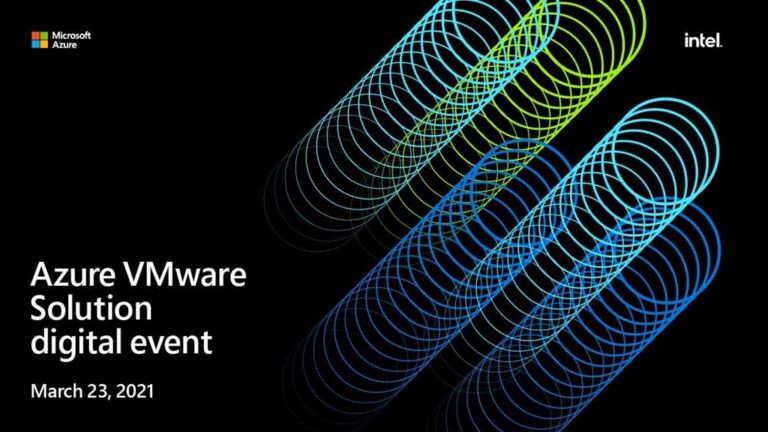
This post was co-authored by Thomas Maurer, Senior Cloud Avocate, Azure
Tailwind Traders1 is a retail company that is looking to adopt Azure as part of its IT strategy. The IT team is familiar with deploying infrastructure on-premises and are now researching what they need to do in order to run their workloads within Azure. In this blog post, we will walk you through Tailwind Traders’ experience running workloads on Azure using Cloud Adoption Framework and Azure landing zones.
Start small and expand
Tailwind Traders has been researching Azure landing zones and have become familiar with the options available: Start small and expand, enterprise-scale, and partner landing zones.
As Tailwind Traders is just starting their cloud adoption journey and are looking to learn and grow on this journey, they have decided to use the start small and expand landing zone. One thing that Tailwind Traders has learned over the years is that IT is always changing, and there are many benefits and innovations that come with the changes. They understand that as their journey matures, their requirements and needs may change, and, as cloud providers add new features and products to their range, new opportunities will arise. Tailwind Traders has decided this is the landing zone they want to pursue for several reasons. Using the start small and expand landing zone, Tailwind Traders can get started with their cloud adoption at a low-risk pace building up their security, governance, and compliance policies over time. They also operate on a centralized operations model which is suited to the start small and expand landing zone as all decisions are made collectively and the individual teams within the IT department aren’t self-sufficient.
Deploying the landing zone
With the start small and expand and enterprise-scale landing zones, there are very similar deployment considerations and capabilities, but there are also some key differences as well.
With start small and expand you can use Azure Resource Manager (ARM) templates and Azure Policy to create a CI/CD pipelines for subscriptions with Azure Blueprints.
With enterprise-scale included in the reference implementations, there are examples of CI/CD pipelines for GitHub and Azure DevOps to create Management Groups, Azure Policy, and subscription resources.
If an organization like Tailwind Traders is just starting out on their cloud adoption journey and hasn’t previously looked at Infrastructure as Code (IaC), DevOps, or CI/CD deployment methodologies it can be a challenge trying to change their mindset and learn this new skillset. Some get caught up in key decision points, and their cloud adoption journey project can stall. With the start small and expand automation options, the team can get familiar with the platform, its capabilities, and as their skillset and confidence grow, they can start to look at the IaC, DevOps, and CI/CD pipeline options.
Expanding and improving the landing zone
Any of the landing zone choices are for an organization to improve and expand. For Tailwind Traders and their start small and expand approach, in the future, they should start to look at the eight areas of design, within the Cloud Adoption Framework enterprise-scale design guidelines to help improve their design and understand the areas that they need to consider.
For those organizations that have started with enterprise-scale long-term, self-sufficiency and operational excellence is built into the landing zone approach. Progressing on your cloud adoption journey with enterprise-scale naturally leads you down the expansion and best practice route.
The key to any project is to research the options available, make decisions based on facts, and implement according to that research and findings. Tailwind Traders is excited to get started with their cloud adoption journey using the start small and expand landing zone and moving their organization and IT department forward.
Get started today
We will be exploring Tailwind Traders and their cloud adoption journey in future blog posts; however, if you want to learn more about the Cloud Adoption Framework and how it can help accelerate your cloud adoption journey, the Azure Enablement Show is a great place to start. Plus, visit Cloud Adoption Framework and Azure landing zones documentation for more information.
1Tailwind Traders is a fictional company that we reference within this blog post in order to help illustrate how companies can leverage the Cloud Adoption Framework in real world scenarios.

